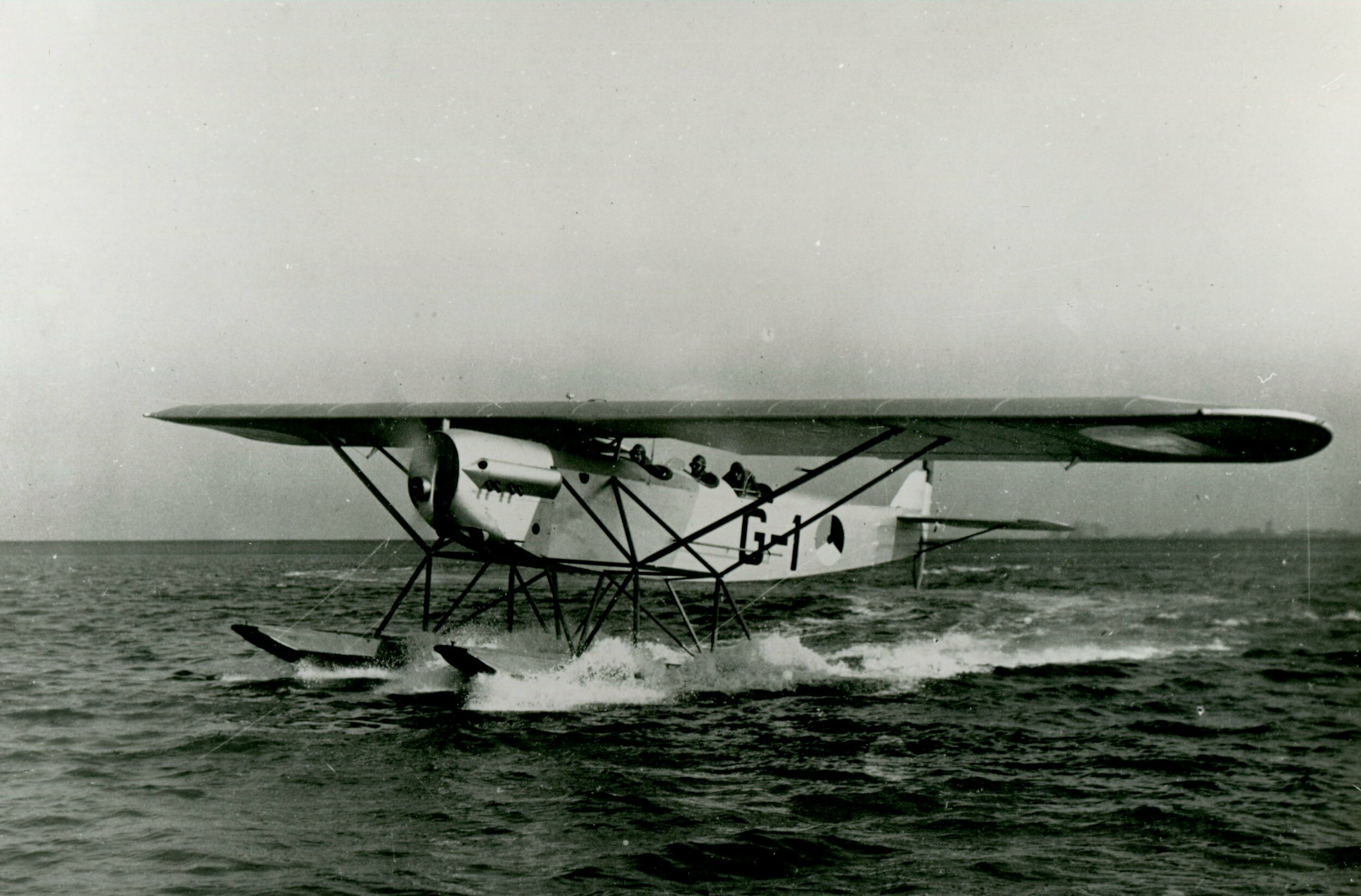Fokker C.VIII on:
[Wikipedia]
[Google]
[Amazon]
The Fokker C.VIII was a reconnaissance aircraft built in the Netherlands in the late 1920s. Intended primarily for the photographic reconnaissance role, it was a larger machine than other Fokker reconnaissance types of the period, with space for a third crew member, who acted as camera operator. It was also Fokker's first aircraft of this type to be built as a monoplane, a parasol wing configuration. The construction, however, was in the familiar Fokker style with wooden wings covered with plywood and fabric, and a steel-tube fuselage, also fabric-covered.
A single prototype was built and after exhibition at the 1928
 ;C.VIII: Landplane with
;C.VIII: Landplane with

Paris Air Show
The Paris Air Show (french: Salon international de l'aéronautique et de l'espace de Paris-Le Bourget, Salon du Bourget) is a trade fair and air show held in odd years at Paris–Le Bourget Airport in north Paris, France. Organized by the French ...
was accepted into Royal Netherlands Army Aviation Group
, colours =
, colours_label =
, march = ''Parade March of the Royal Netherlands Air Force''
, mascot =
, anniversaries =
, equipment ...
service, but no further orders for the type were placed. The following year, the Royal Netherlands Navy
The Royal Netherlands Navy ( nl, Koninklijke Marine, links=no) is the naval force of the Kingdom of the Netherlands.
During the 17th century, the navy of the Dutch Republic (1581–1795) was one of the most powerful naval forces in the world an ...
issued a requirement for a new reconnaissance seaplane, and Fokker submitted a revised version of the C.VIII. Slightly larger than its landplane counterpart, the C.VIII-W had a different engine, a new radiator arrangement, and twin pontoons as undercarriage, units similar to those used previously on the C.VII. The pontoon strutting incorporated a gap, allowing for the carriage of a torpedo under the fuselage for training purposes.
Nine aircraft were delivered to the Navy between June 1930 and July 1934, and all were still in service at the time of the German invasion in 1940. Four were lost to enemy action between 10 and 14 May, with the remaining five successfully evacuated to the UK on 30 May, whereupon they were scrapped.
Variants
 ;C.VIII: Landplane with
;C.VIII: Landplane with Hispano-Suiza 12L
Hispano-Suiza () is a Spanish automotive–engineering company. It was founded in 1904 by Marc Birkigt and Damian Mateu as an automobile manufacturer and eventually had several factories in Spain and France that produced luxury cars, aircraft en ...
b engine (1 built)
;C.VIII-W: Seaplane with Lorraine 12E Courlis
The Lorraine 12E Courlis was a W-12 (broad arrow) aero engine produced by the French company Lorraine-Dietrich during the 1920s and 1930s.
Variants
;12E:
;12Eb:
;12Ebr:
;12Ed:
;12Edr:
;12Ee:
;12Ew:The standard Eb fitted with a supplementary s ...
engine (9 built)
Operators
; *Royal Netherlands Navy
The Royal Netherlands Navy ( nl, Koninklijke Marine, links=no) is the naval force of the Kingdom of the Netherlands.
During the 17th century, the navy of the Dutch Republic (1581–1795) was one of the most powerful naval forces in the world an ...
Specifications (C.VIII)

References
* * * * {{Fokker aircraft 1920s Dutch military reconnaissance aircraft C 08 Parasol-wing aircraft Aircraft first flown in 1928